As more than a million people across the world spend this month growing moustaches to raise awareness of – and funds for – Movember‘s men’s health projects, here are a few 19th-century products to help them along the way.
1. Latreille’s Excelsior Lotion
Advertised in the 1870s by John Latreille, originally of Walworth, this product used the slogan: ‘Latreille on half a million lips has made moustachios grow.’
.
2. Edmund C Gladwin’s Moustache-Protector
Invented in 1901 and patented in the US in 1902, this handy gadget was designed ‘to provide a simple and effective protector whereby the mustache is kept from being brought into contact with food during eating, it being more especially designed for wear with the eating of soup or drinking of beverages during the meal.‘ Full patent.
.
3. Moustache-guard cups
Another way of preserving one’s splendid foliage from the bedraggling effects of a brew was a cup with a built-in moustache platform. This American silver example went on sale in 1889, and you can find some lovely British porcelain ones at The Virtual Victorian.
.
4. Moustache spoon
To avoid soup-encrustation, moustache spoons were invaluable. The one pictured is Edwardian, but they were around at least as early as 1865, when the Scientific Journal recommended them thus:
‘When soup is taken, unless the eater thereof is dexterous and understands his business, he is apt to present an unenviable spectacle, and becomes a very undesirable addition to a small but select dinner party, hence this spoon.’
.
5. Joseph B. Sultzer’s Moustache-Curler
Having placed the moustache against the wooden plate as in the picture below, one then clamped it in place with a circular brush that fitted on to the pivot pin in the centre. Turning the brush gave the desired result. Full patent.
6. Lead combs
Blackening the moustache might add a certain mystique, but care was needed if preparing for a date. The Sheffield Daily Telegraph printed the following snippet in 1884:
‘A young man blackened his moustache with a lead comb, and then took his girl out for a moonlit stroll. When the fair one appeared in the bright light of the family circle a couple of hours later her face looked like a railroad map.’
.
7. Brillantine
Edouard Pinaud’s Brillantine had many imitators, but remained the original and best way to obtain a soft, glossy moustache. Pinaud, a renowned Parisian perfumer, also sold the popular Pommade Hongroise for waxing the tips into elegant/villainous points.
.
8. Moustache trainers
Not solely the preserve of General Melchitt, the moustache trainer could whip the unruliest of handlebars into shape. This 1901 version pays homage to the famous face-ferret of Kaiser Wilhelm II.
.
9. Ambition Pills
The moustache could be viewed as an indicator of of moral and physical condition, and frequently makes its appearance in the before and after pictures of late 19th-century manliness-boosting products. Ambition Pills, an American remedy that contained strychnine, were presented as an ‘Elixir of Youth’ that imparted vigour to weak men. Judging by the advertisement, they also made the moustache more… erect… in the process.
.
10. False moustaches
If all else fails… fake it ’til you make it. But heed the advice of actor Herbert Beerbohm Tree, who reportedly eschewed such devices in favour of the genuine article. In 1890, the Pall Mall Gazette quoted him as saying: ‘I have to use a moustache in “A Man’s Shadow”; and the agony – oh, the agony! – of a false moustache, which may drop off in the heat of passion, is too terrible for me to picture to you in mere words. So I use my own.’
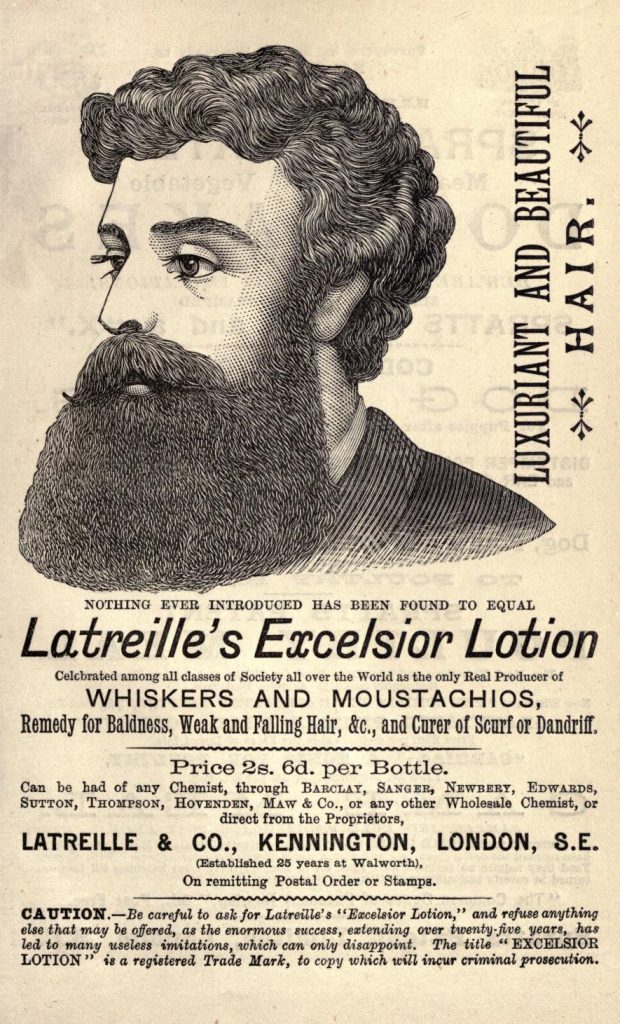
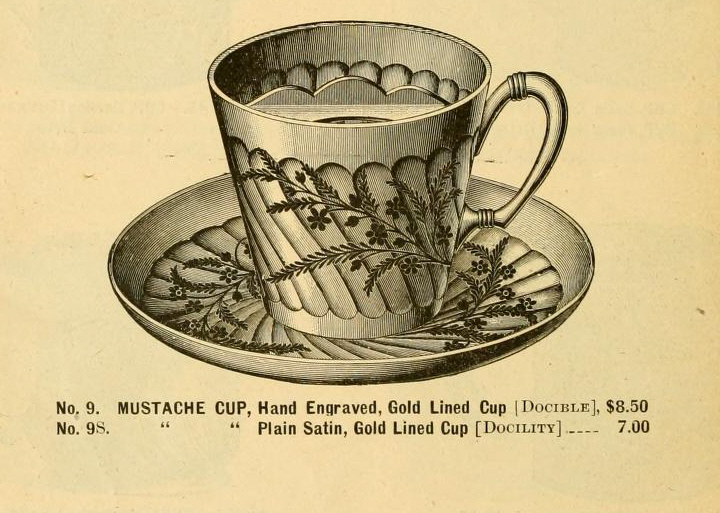

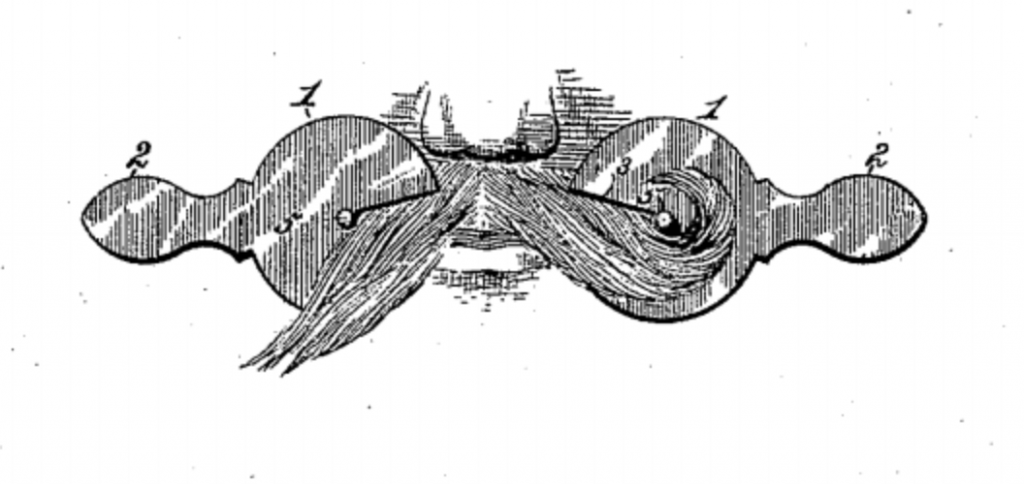
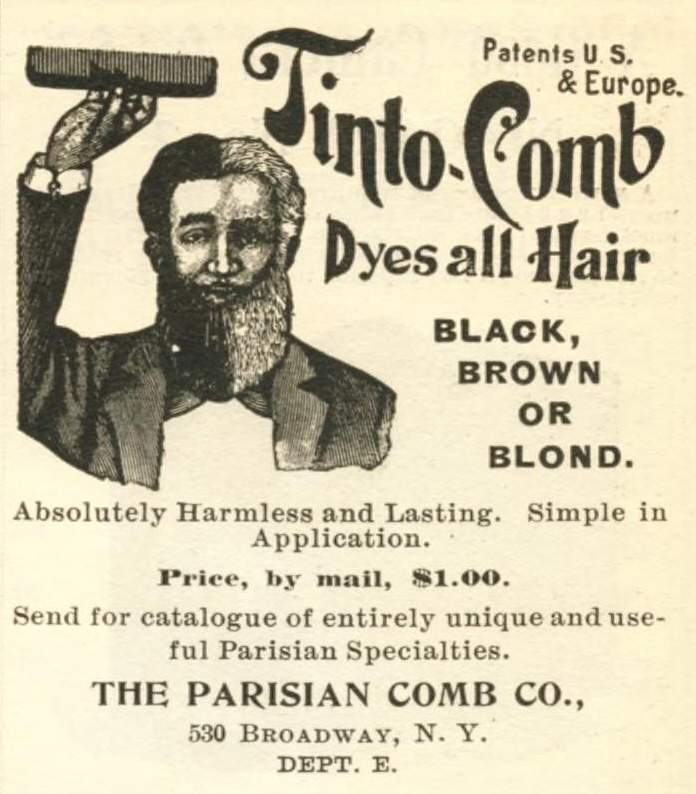
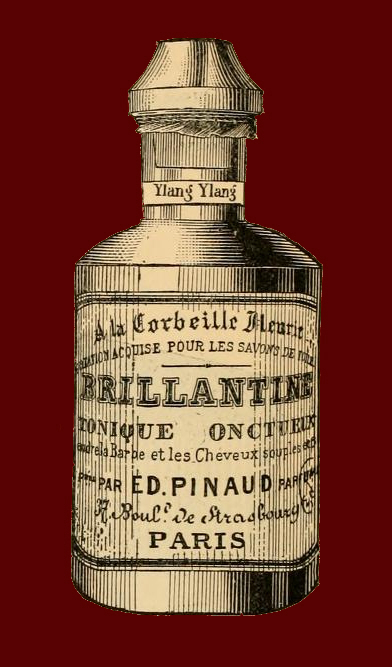
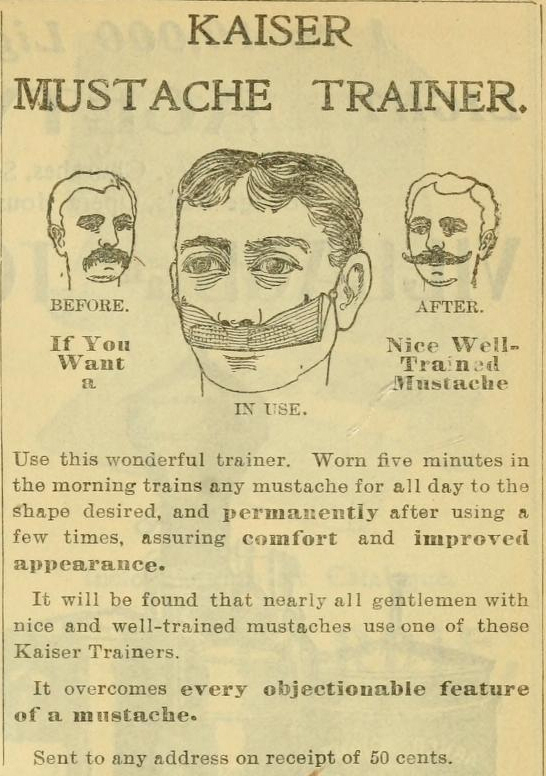
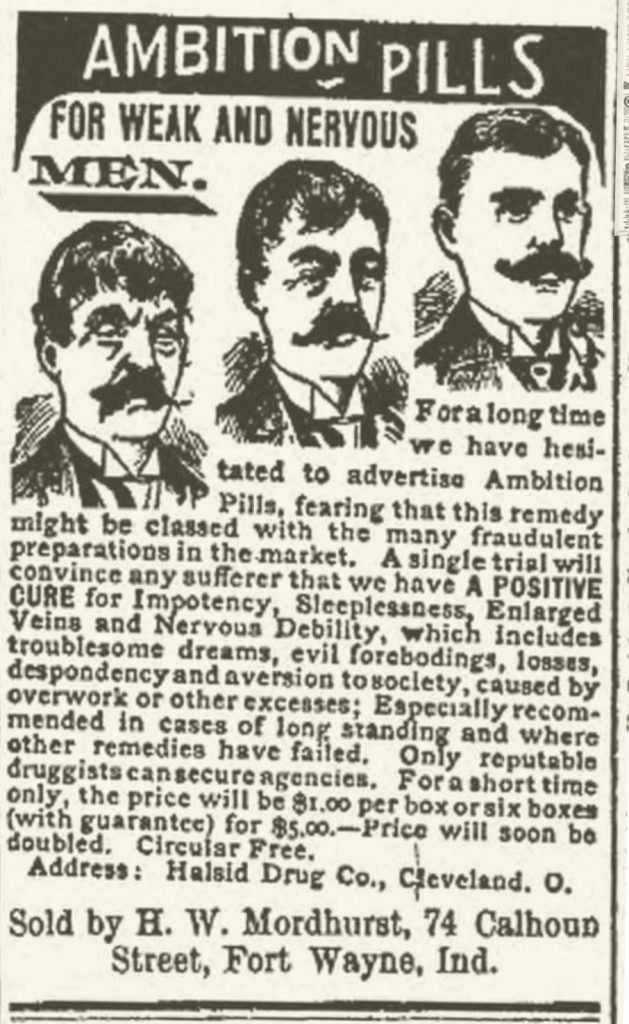
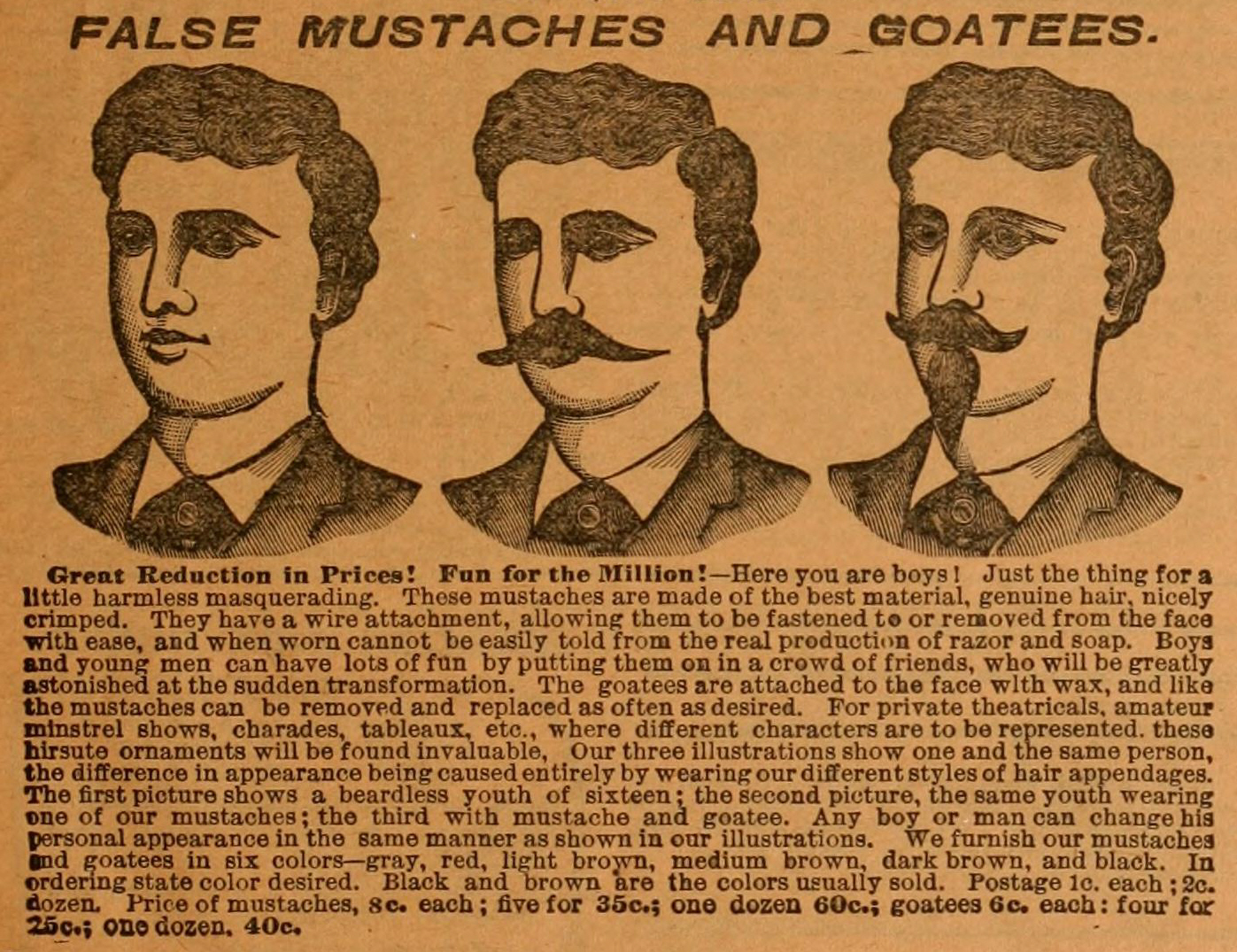

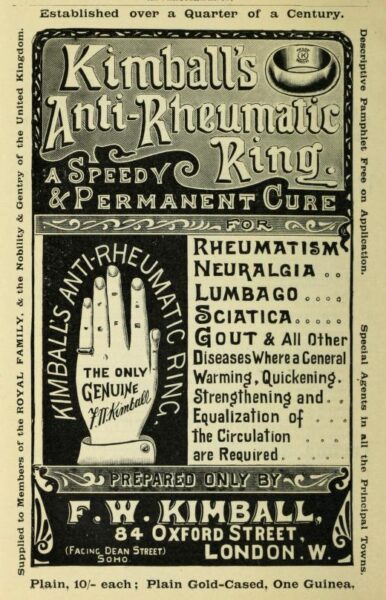

2 thoughts on “10 Victorian products for Movember”
Comments are closed.